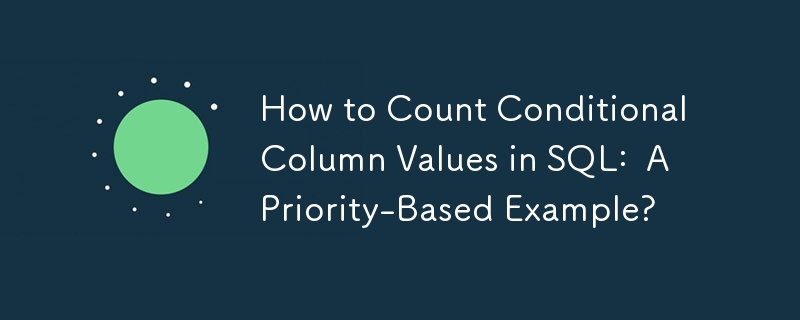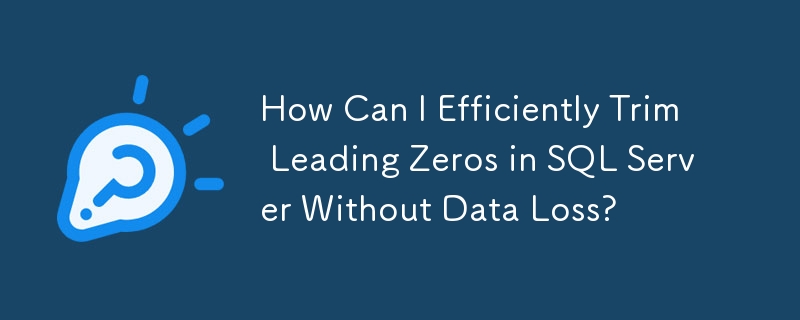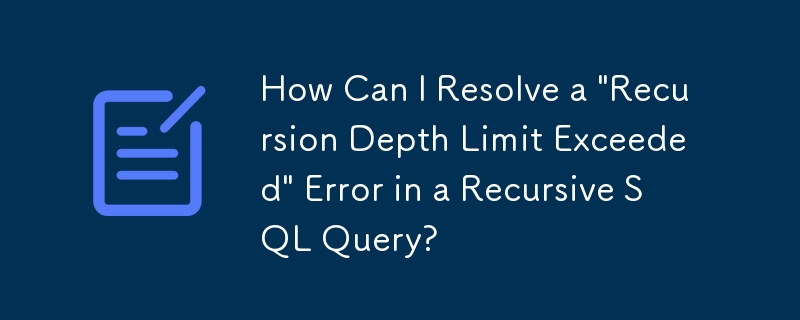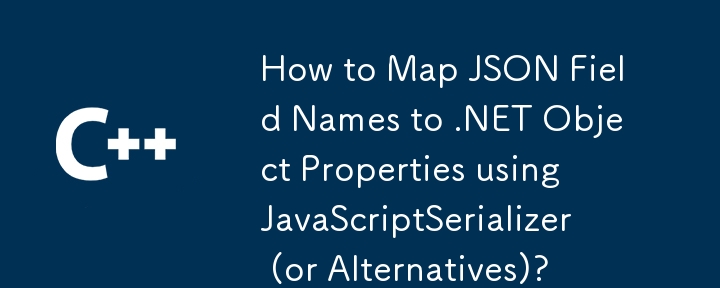Found a total of 10000 related content
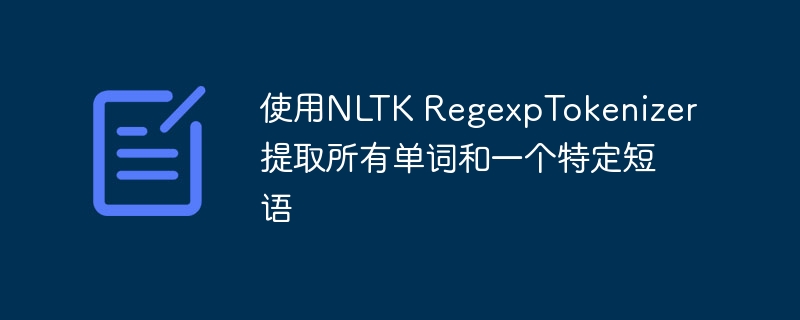
Extract all words and a specific phrase using NLTK RegexpTokenizer
Article Introduction:This article introduces how to use RegexpTokenizer in the NLTK library to customize word segmentation rules, which can extract all words in the text as tokens, and also use the specified phrase as a separate token. By modifying the regular expression and setting gaps=False, flexible word segmentation requirements are achieved to better process text data.
2025-08-17
comment 0
460
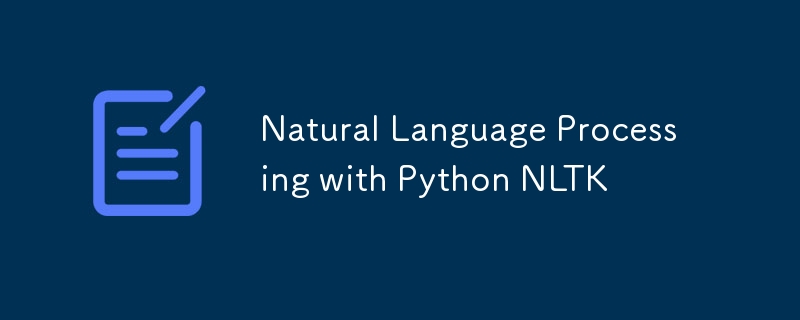
Natural Language Processing with Python NLTK
Article Introduction:NLTK is suitable for beginners of NLP. It is simple to install and provides a complete corpus and clear interface. It can complete basic tasks such as word segmentation, part-of-speech annotation, naming entity recognition, etc. The usage process includes installing pipinstallnltk, downloading corpus such as punkt and wordnet, importing modules and calling functions to process text, such as word_tokenize to implement word segmentation, pos_tag for part-of-speech annotation; it also supports stop word filtering, word form restoration and other functions, but attention should be paid to problems such as text preprocessing and weak Chinese support. It is recommended to use spaCy or transformers for large-scale processing.
2025-07-24
comment 0
309
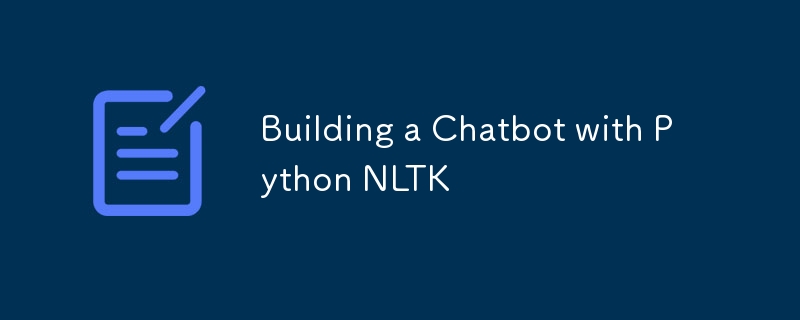
Building a Chatbot with Python NLTK
Article Introduction:It is feasible to use Python and NLTK as chatbots, but the goals and methods need to be clarified. 1. Install Python and NLTK and download the necessary corpus such as punkt, stopwords and wordnet. 2. The implementation process includes text preprocessing (word segmentation, stop word deactivation, word shape restoration), intent recognition or keyword matching, and response generation. 3. Simple response can be achieved through keyword matching, or classification models can be trained to improve the effect. 4. Extension directions include introducing more powerful NLP tools such as spaCy or Transformers, maintaining Q&A databases, and avoiding too much hardcoded logic. In short, it is suitable for introductory and small projects, with low deployment costs but strong controllability.
2025-07-21
comment 0
658
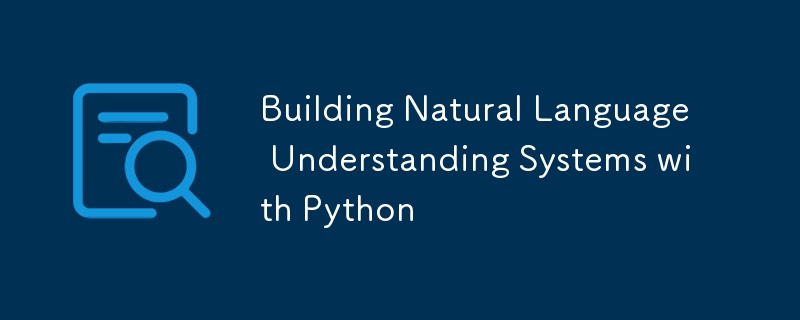
Building Natural Language Understanding Systems with Python
Article Introduction:The core of the natural language understanding (NLU) system is to enable machines to "understand" human language. Python provides comprehensive support from text preprocessing to model training to deployment and launch. 1. Text preprocessing includes data cleaning and feature extraction. Common tools are nltk, spaCy and sklearn, which involve removing punctuation, stop words, word segmentation, stemming or word shape restoration. 2. Model selection depends on the task type. Traditional methods such as TF-IDF combined with SVM are suitable for getting started. Deep learning methods such as BERT are more suitable for complex semantic tasks and can be implemented through the transformers library. 3. Interfaces can be built using Flask or FastAPI during the deployment stage, combined with Docker containers and ONNX.
2025-07-23
comment 0
389
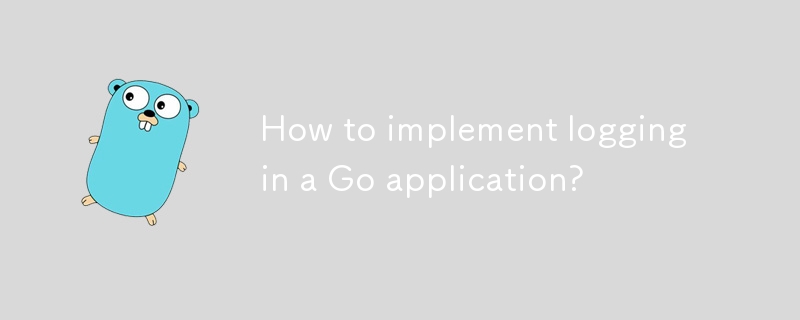
How to implement logging in a Go application?
Article Introduction:Use standard log packages to handle simple scenarios, suitable for small tools or CLI applications; 2. Recommend structured log libraries such as logrus, zap or Go1.21 slog in the production environment, which support log levels, structured fields and JSON output; 3. Add context to the logs such as request ID, user ID and other information, which can be implemented through middleware; 4. Pay attention to log rotation and management, set appropriate log levels and combine tools to implement file segmentation. The article points out that the Go standard library's log package is suitable for simple needs, but the production environment should use a third-party library that supports structured logs, and emphasizes the importance of adding contextual information to the logs, and recommends that log output be managed reasonably to improve maintainability.
2025-07-22
comment 0
541
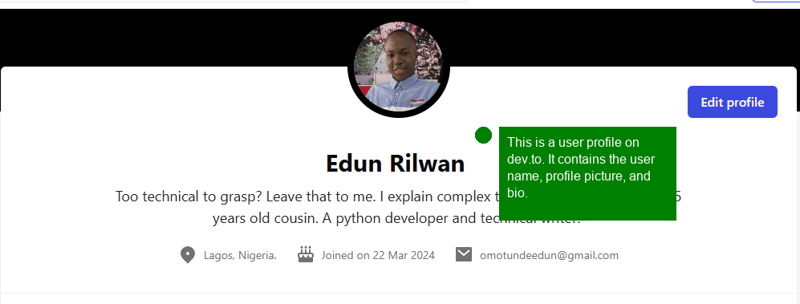
Wrap and Render Multiline Text on Images Using Python&#s Pillow Library
Article Introduction:Python image processing: Pillow library implements automatic line-wrapping text annotation. With its rich open source libraries, Python has become a leading programming language in the field of image processing. Pillow is one of the commonly used image processing libraries. It is simple, easy to use and has complete documentation. It is often used for operations such as image scaling, cropping, brightness adjustment and annotation. However, Pillow has a problem with text annotation: when the text exceeds the width of the text box, it will not wrap automatically. The Pillow library itself does not provide this function, and we need to write the logic implementation ourselves. This tutorial will demonstrate how to use the Pillow library to add a word-wrap text box in Python to achieve correct image text annotation. The final effect is as follows: The picture above is
2025-01-14
comment 0
1096
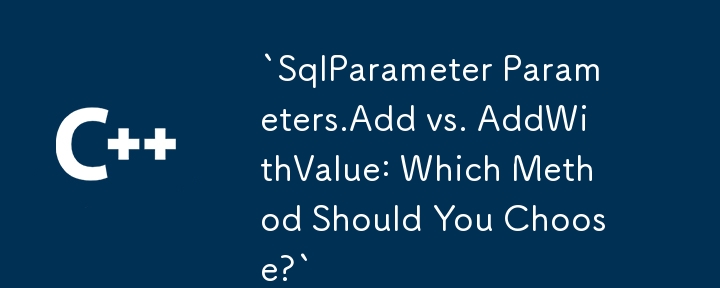
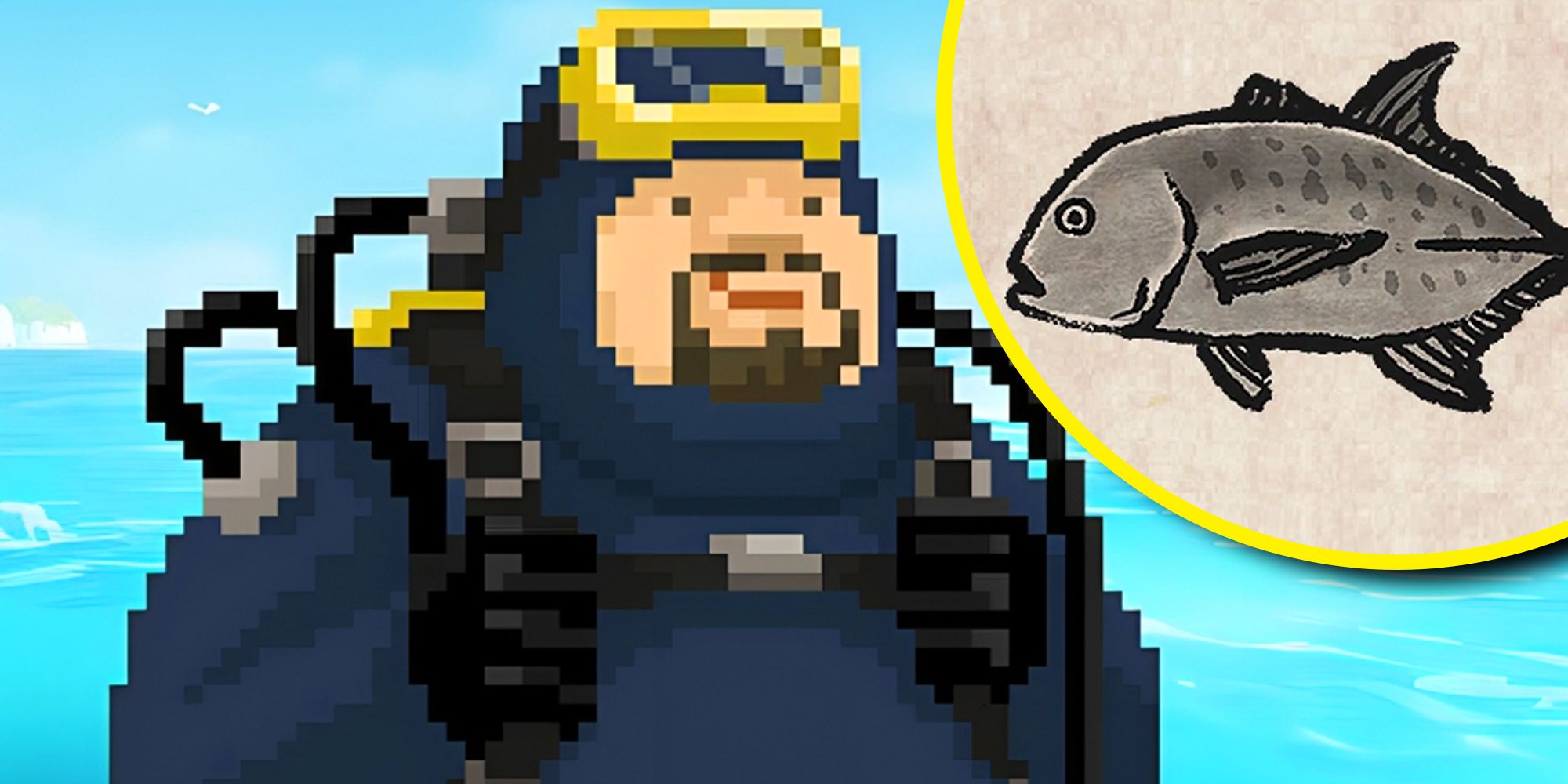
Dave The Diver: How To Catch Spider Crabs
Article Introduction:In Dave The Diver, there are some creatures that are not easy to catch. Or, catch alive that is. The spider crab is one of those very species, making it seem like the only way to bring these crustaceans back up to land is to viciously crack them up w
2025-01-10
comment 0
903
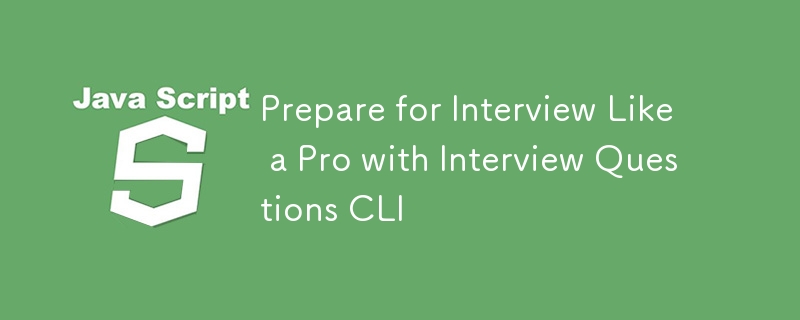
Prepare for Interview Like a Pro with Interview Questions CLI
Article Introduction:Prepare for Interview Like a Pro with Interview Questions CLI
What is the Interview Questions CLI?
The Interview Questions CLI is a command-line tool designed for JavaScript learners and developers who want to enhance their interview
2025-01-10
comment 0
1516
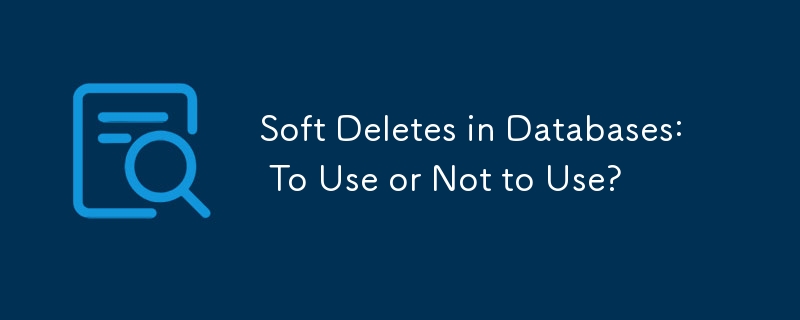
Soft Deletes in Databases: To Use or Not to Use?
Article Introduction:Soft Deletes: A Question of DesignThe topic of soft deletes, a mechanism that "flags" records as deleted instead of physically removing them, has...
2025-01-10
comment 0
1115
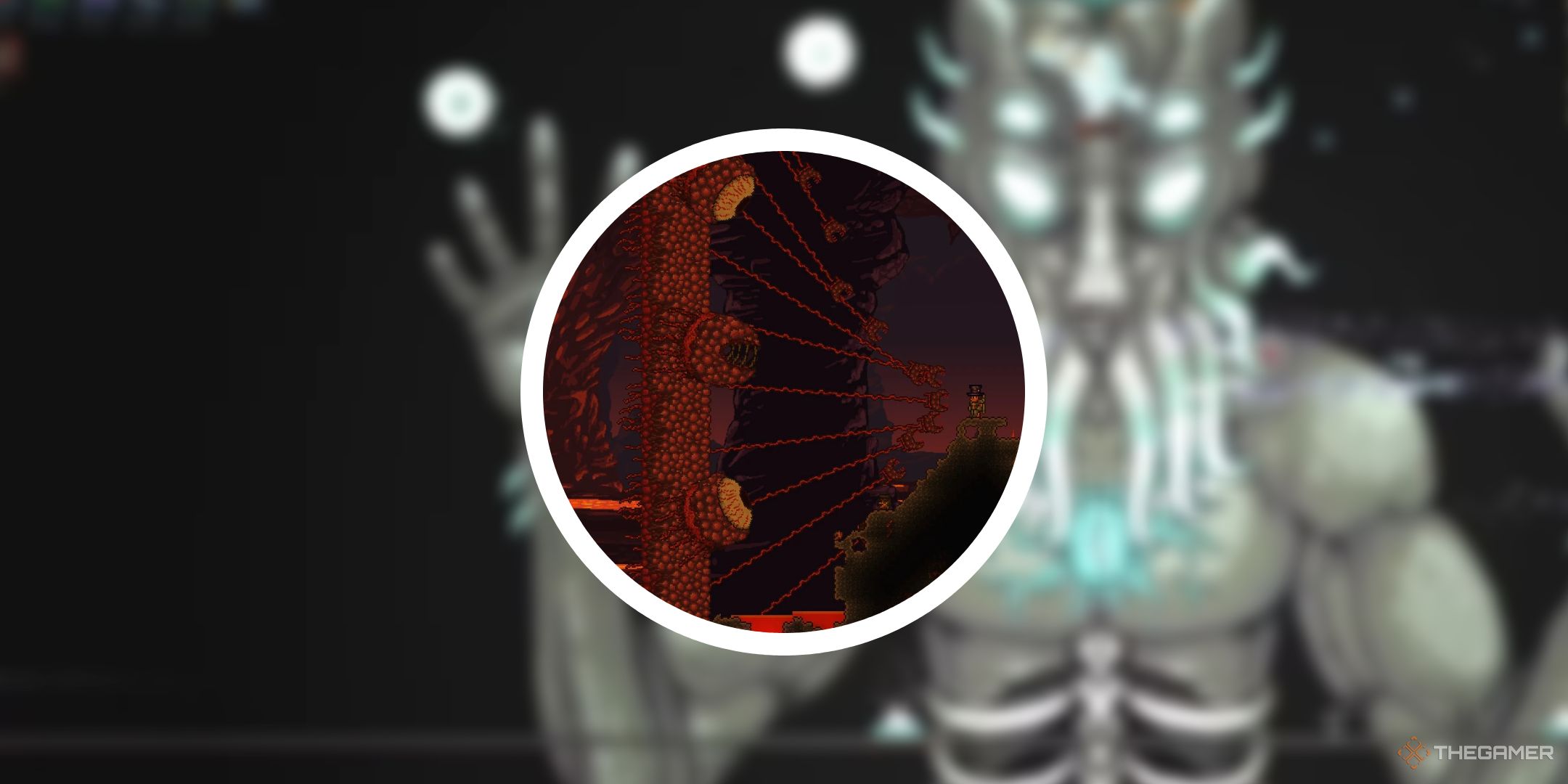
Terraria: How To Make A Loom
Article Introduction:There are a lot of crafting stations that you can make in Terraria. This ranges from simple anvils to unique stations meant for one specific type of resource. Early into the game, you'll be able to make your own Loom, which is primarily used to make
2025-01-10
comment 0
1430








